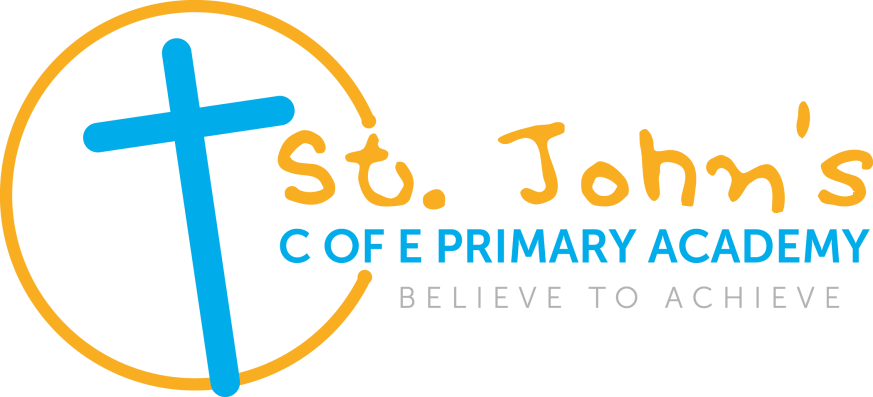Art and Design Technology
Intent
Our art and design scheme of work aims to inspire pupils and develop their confidence to experiment and invent their own works of art. It is designed to give pupils every opportunity to develop their ability, nurture their talent and interests, express their ideas and thoughts about the world, as well as learning about art and artists across cultures and through history.
It supports children to meet the national curriculum end of key stage attainment targets and has been written to fully cover the National Society for Education in Art & Design's progression competencies.
We hope to be able to use this in the future for our Artsmark journey, inspiring children and young people to create, experience, and participate in great arts and culture.
Implementation
It is designed with strands that run throughout.
These are:
- Generating ideas
- Using sketchbooks
- Makings skills, including formal elements (line, shape, tone, texture, pattern, colour)
- Knowledge of artists
- Evaluating and analysing
Units of lessons are sequential, allowing children to build their skills and knowledge, applying them to a range of outcomes. The formal elements, a key part of the national curriculum, are also woven throughout units. Key skills are revisited again and again with increasing complexity in a spiral curriculum model. This allows pupils to revise and build on their previous learning. Units in each year group are organised into four core areas:
- Drawing
- Painting and mixed-media
- Sculpture and 3D
- Craft and design
Our Progression of skills and knowledge shows the skills that are taught within each year group and how these skills develop to ensure that attainment targets are securely met by the end of each key stage. It also shows how knowledge builds in the formal elements of Art.
Our units fully scaffold and support age appropriate sequenced learning, and are flexible enough to be adapted to form cross-curricular links with our school’s curriculum. Creativity and independent outcomes are robustly embedded into our units, supporting students in learning how to make their own creative choices and decisions, so that their art outcomes, whilst still being knowledge-rich, are unique to the pupils.
Lessons are always practical in nature and encourage experimental and exploratory learning with pupils using sketchbooks to document their ideas. Differentiated guidance is available for every lesson to ensure that lessons can be accessed and enjoyed by all pupils and opportunities to stretch pupils’ learning are available when required. Knowledge organisers for each unit support pupils by providing a highly visual record of the key knowledge and techniques learned, encouraging recall of skills processes, key facts and vocabulary.
Impact
Pupils should leave primary school equipped with a range of techniques and the confidence and creativity to form a strong foundation for their Art and design learning at Key Stage 3 and beyond.
-
Produce creative work, exploring and recording their ideas and experiences.
-
Be proficient in drawing, painting, sculpture and other art, craft and design techniques.
-
Evaluate and analyse creative works using subject-specific language.
-
Know about great artists and the historical and cultural development of their art.
-
Meet the end of key stage expectations outlined in the national curriculum for Art and design.
